Cadmium contamination of infant milks
It is suggested that long-term excessive intakes of cadmium can cause adverse effects on kidney function and bone mineralisation (Ljung et al, 2011). Little is known about early-life exposure to cadmium, and associated adverse effects, although absorption appears to be higher in infants than in adults (Kippler et al, 2010). Calculated weekly intakes of cadmium in the study by Ljung et al, varied between 0.10 and 1.5g/kg bw at 6 weeks of age, depending on the type of infant formula consumed, compared to 0.06g/kg bw in breastfed babies. Recent studies from rural Bangladesh reported elevated urinary cadmium concentrations in 3 month old infants, indicating high rates of intestinal absorption, probably because of the immature regulation of the transport system for divalent metal ions, and it is likely that the developing kidney is particularly susceptible to cadmium, as both glomerular and tubular functions continue to develop until 2 to 3 years of age (Sekine and Endou, 2009). It has also been suggested that cadmium has oestrogen-like effects in the case of early-life exposure (Johnson et al, 2003).
References
Johnson MD, Kenney N, Stoica A, et al (2003). Cadmium mimics the in vivo effects of estrogen in the uterus and mammary gland. Nature Medicine, 9, 1081-1084
Kippler M, Hoque AM, Raqib R, et al (2010). Accumulation of cadmium in human placenta interacts with the transport of micronutrients to the fetus. Toxicology Letters, 192, 162-168.
Ljung K, Palm B, Grander M, Vahter M (2011). High concentrations of essential and toxic elements in infant formula and infant foods – a matter of concern. Food Chemistry, 127, 943- 951.
Sekine T, Endou H (2009). Children’s toxicology from bench to bed – drug induced renal injury (3): Drug transporters and toxic nephropathy in childhood. The Journal of Toxicological Science, 34 (suppl 2), SP259-SP265
